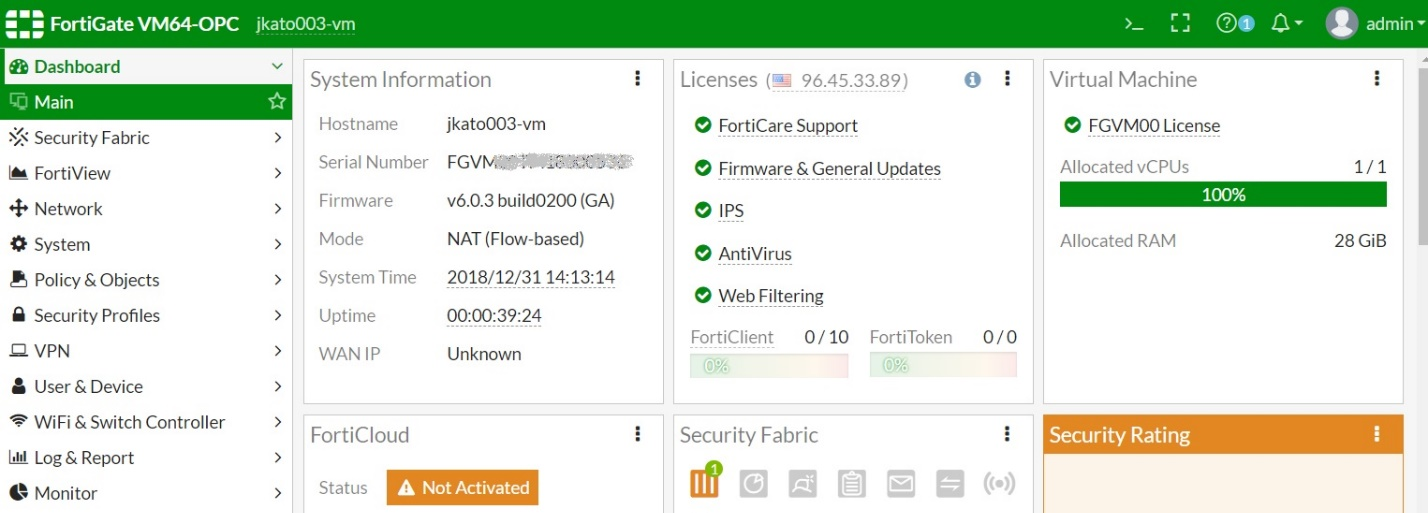

Part III: Network Preparation and Manifests Verify NIC Compatibility Be sure to check this out (as I will be referencing this quite a bit). Each of the four (4) required interfaces used as part of the deployment will be taken from the VF pool as I described in the SR-IOV Configuration Guide I wrote about last week. Ultimately, I want more demonstrate greater than 10G of bandwidth to traverse through two interfaces: the "trusted" interface on ens4f1 and the "untrusted" interface on ens4f0. So we're going to be considering this as part of our initial deployment requirements.įigure 2: Data Flow for Application Test (iperf3)įigure 2 is going to show what I would like to demonstrate as part of this FortiGate deployment.

I created a companion video about this over on YouTube, but if you want some written instructions come back to this post.Ĭ. Part VI: Closing Thoughts and Video Demonstrationĭid you hear that OpenShift can run virtual machines? If you haven't, it's time to introduce you to OpenShift Virtualization, and learn how you can leverage it for your existing VNF deployments. Exploring KVM via OpenShift Virtualization

Description of the Virtual Machine Manifest Part V: Deploying the FortiGate Firewall VM Create Custom Configuration and License Secret for userData Create and Upload the FortiOS Container Image Part IV: Preparation of the FortiGate Image Configure SR-IOV for OpenShift Virtualization Part III: Network Preparation and Manifests

“Most people miss Opportunity because it is dressed in overalls and looks like work.”


 0 kommentar(er)
0 kommentar(er)
